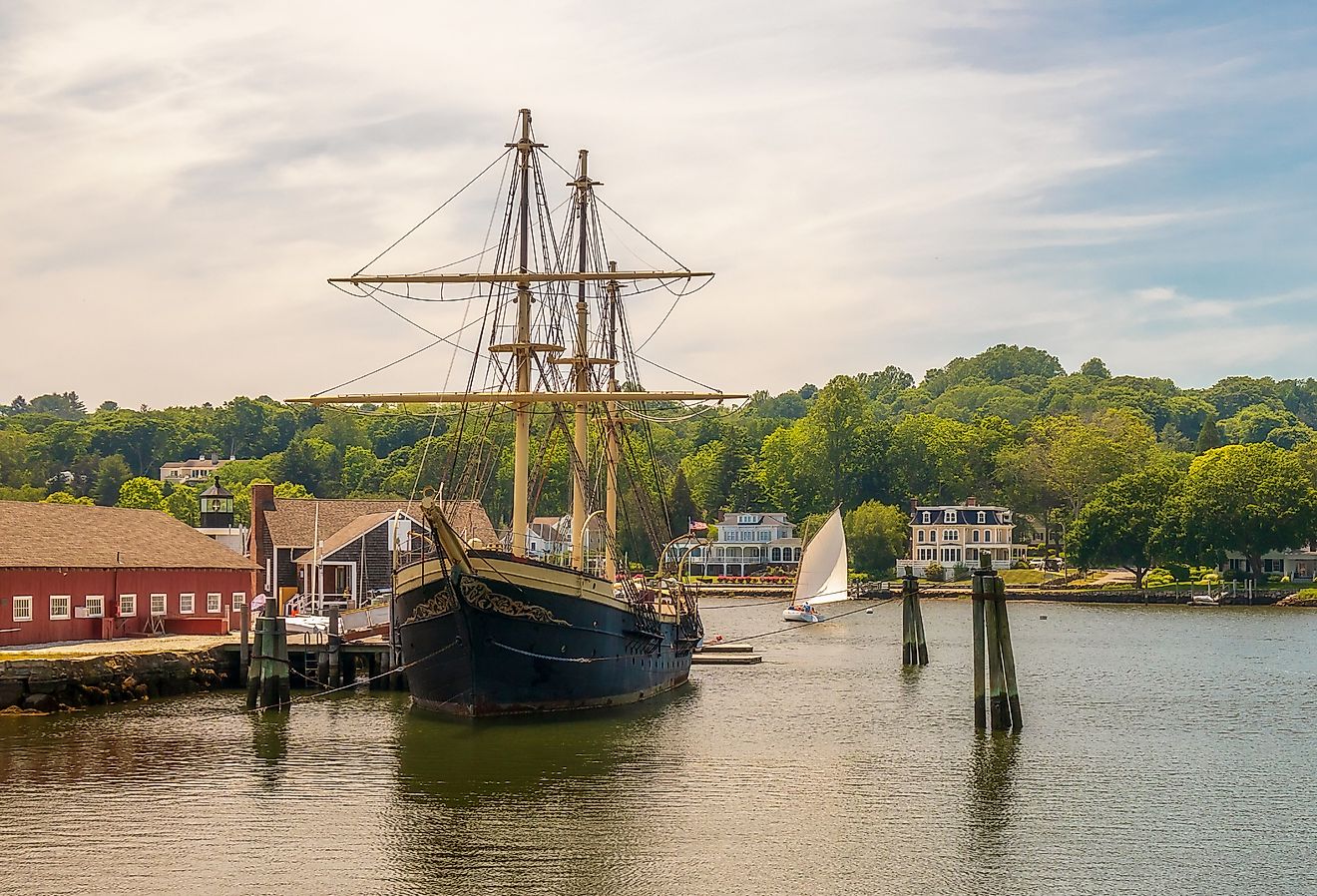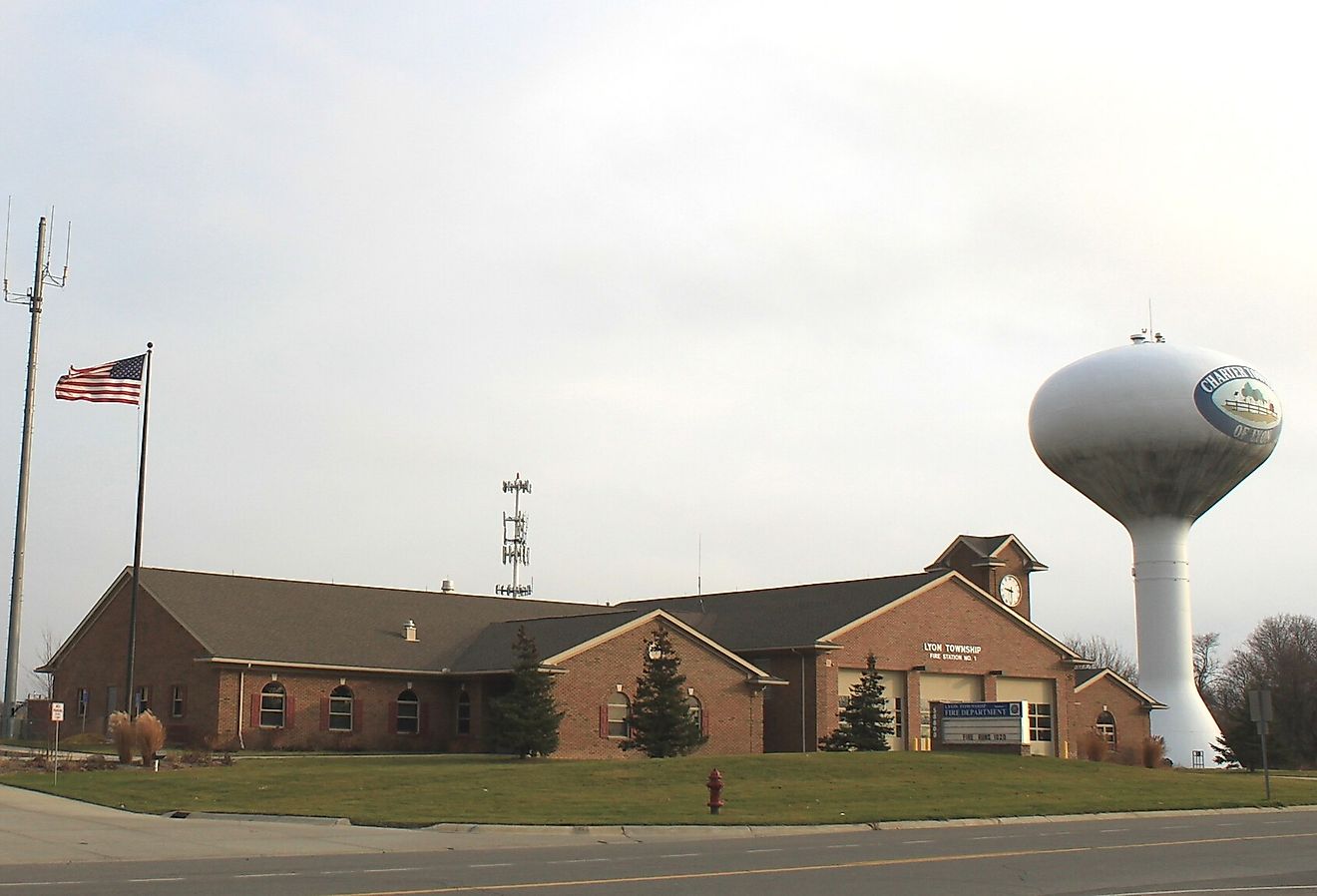What Do You Know About The Island Of Kyushu?

5. Description
Kyushu is the southernmost major island of Japan. Kyushu lies to the south of Honshu, separated from it by the Shimonoseki Strait. The East China Sea and the Pacific Ocean border the island towards its west and east, respectively. The Eastern Channel, or Tsushima Strait, separates Kyushu from the Korean Peninsula in the northwest. A series of volcanic ranges, including the world’s largest active volcanic crater, Mount Aso, are located in Kyushu. The island has a land area of 35,640 square kilometers, and, as per 2006 data, it has a human population of 13,231,995 people.
4. Historical Role
Kyushu’s strategic position near South Korea and China have allowed it to act as a focal point of cultural, religious, and artistic exchanges since the ancient Japanese world. The island was originally occupied by the Yamato people. In both 1274 and 1281, Mongol forces under Kublai Khan attempted to invade Kyushu, but on both occasions typhoons in the sea destroyed the Mongol's fleet of ships, forcing them to retreat. In the 16th Century, Toyotomi Hideyoshi, a Japanese daimyo (or feudal ruler), used Kyushu as a base from which to attack the Korean mainland. The arrival of the Europeans to Kyushu also started during this time. In 1549, St. Francis Xavier arrived in the island to spread Catholicism but, in later centuries, anger of the local rulers against the Christian faith led to several wars between the Catholics and the native Japanese, in which 40,000 Catholics lost their lives. Western contact was also made near impossible. In the later years, the Nagasaki port of Kyushu started receiving Western trade. Ill fate, however, met the island when, during World War II, on August 9th, 1945, Nagasaki was ravaged by the atomic bomb dropped by United States' forces on the island to help speed up the conclusion of the War in the Pacific Theater.
3. Modern Significance
Agriculture and fishing are important sources of livelihood for the population of Kyushu. Rice, tobacco, sweet potatoes, and citrus fruits are the major crops grown on this island. Raw silk is also extensively produced in Kyushu.The northern region of Kyushu is also highly industrially developed. Industries like iron and steel processing, chemicals, automobiles, metal processing, and semiconductors manufacturing all flourish in this region, especially around Fukuoka, Nagasaki, Kitakyushu, and other major cities on the island. Kyushu is also famous for its porcelain products, and manufactures many types of porcelain, like Arita, Satsuma, and Imari, among others. Coal, zinc, and copper mines are also present on the island. Fukuoka, with a population of 1.4 million, is the largest city of Kyushu. The favorable climate and the presence of sites of historical and geographical significance render Kyushu as a favorite spot for tourists from across the globe.
2. Habitat and Biodiversity
Major parts of Kyushu have a subtropical climate and heavy rainfall which supports its subtropical vegetation. Unique species of plants and animals are found in the forested mountains, wetlands, and offshore islands of Kyushu. Thousands of migratory cranes, including Hooded cranes, White-Nape cranes, Siberian cranes, Sandhill cranes, and Common cranes, all gather in the lowlands of Arasaki in Kyushu, and these offer a spectacular sight for tourists. The Japanese macaque, an endemic species of Japan, can also be found in the forests of the region.
1. Environmental Threats and Territorial Disputes
Scientists predict that the entire population of Kyushu might be wiped out in the future if a volcanic crater in Kyushu erupts. The possible eruption could have the potential to bury 7 million people under its molten lava and rock flows in a matter of only 2 hours. Mount Aso, a major volcanic crater in Kyushu, has erupted quite a few times in the past few years, but each of these eruptions were on a minor scale and did not do much damage to life or property. Only tourist footfall to the mountain area were disrupted during such periods of eruption. Besides volcanic eruptions, Kyushu is also highly susceptible to earthquakes, typhoons, and other natural disasters. Furthermore, the inundation of coastal areas due to rising sea levels is occurring as a result of man-made global warming.











